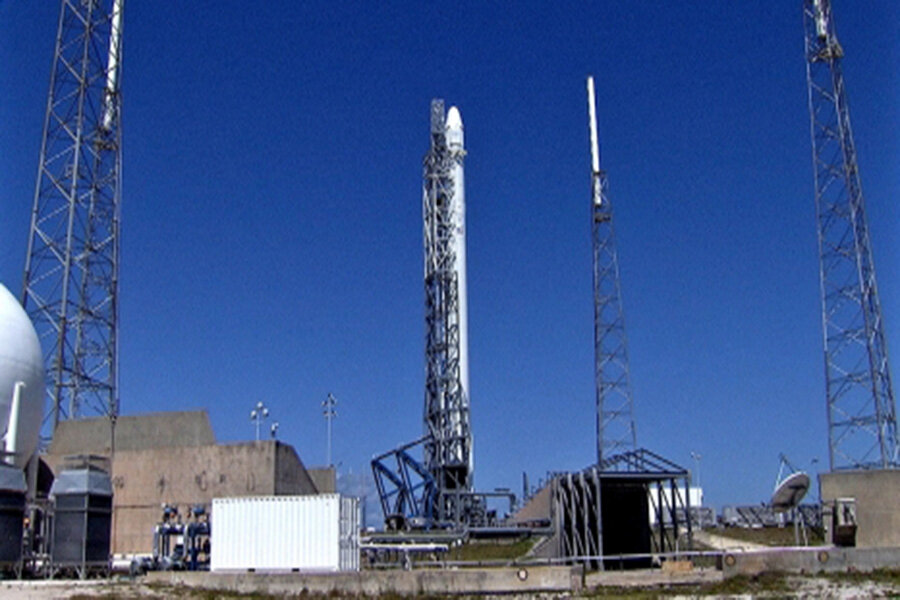SpaceX to deliver lettuce, robot legs to space station
Loading...
A cargo mission carrying about 2.5 tons of resupply items including a robotic astronaut's legs, microbes gathered by cheerleaders, and lettuce seedlings is scheduled to lift off Monday from Cape Canaveral Air Force Station in Florida.
SpaceX, a private spaceflight company founded by billionaire Elon Musk, is expected to launch Falcon 9 rocket carrying a Dragon capsule containing all the supplies at 4:58 p.m. EDT Monday.
NASA says "despite the loss Friday of a backup computer command relay box called a multiplexer/demultiplexer (MDM) that resides in the station’s S0 truss," it will go ahead with the launch of what will be SpaceX's third commercial cargo re-supply mission to the International Space Station, where it is expected to arrive on Wednesday.
"There's a certain amount of urgency to go ahead and get these vehicles" to the space station, NASA space station program manager Mike Suffredini told the Associated Press. "Things start to bunch up," he added, "and so we're just trying to fly as soon as we safely can, which is what we believe we're doing."
The component, known as a multiplexer demultiplexer (MDM) – one of more than a dozen housed on the truss of the station – routes computer commands to different systems on the outpost, NASA said in a statement.
Later, in a spacewalk scheduled for no earlier than next week, two of the crewmembers aboard the space station will replace the faulty MDM with a spare one from inside the station.
NASA has to take a couple of steps, both before and after the launch, to ensure the successful launch of the commercial cargo craft.
"In advance of launch, the station’s Mobile Transporter will be moved to the proper position on the truss later today and after Dragon’s launch, the station’s solar arrays will be oriented Monday to the correct angles for the scheduled capture of the US cargo craft on Wednesday and its berthing to the Earth-facing port on the Harmony module. These are steps that would properly configure the station for the mission even if the prime MDM experiences a problem," according to NASA.
Aimed at reducing the cost of space missions, the Falcon 9 rocket with its four 25-foot legs is designed in a way that part of it is expected to return back on Earth. The chances of recovering the reusable are between 30 and 40 percent, but, "[i]f we can pull this off … we'll be super-thrilled," a SpaceX vice president told SPACE.com.
This mission will also help in launching a new series of experiments called "The Vegetable Production System (Veggie)" on the ISS aimed to explore how plants grow in space.








